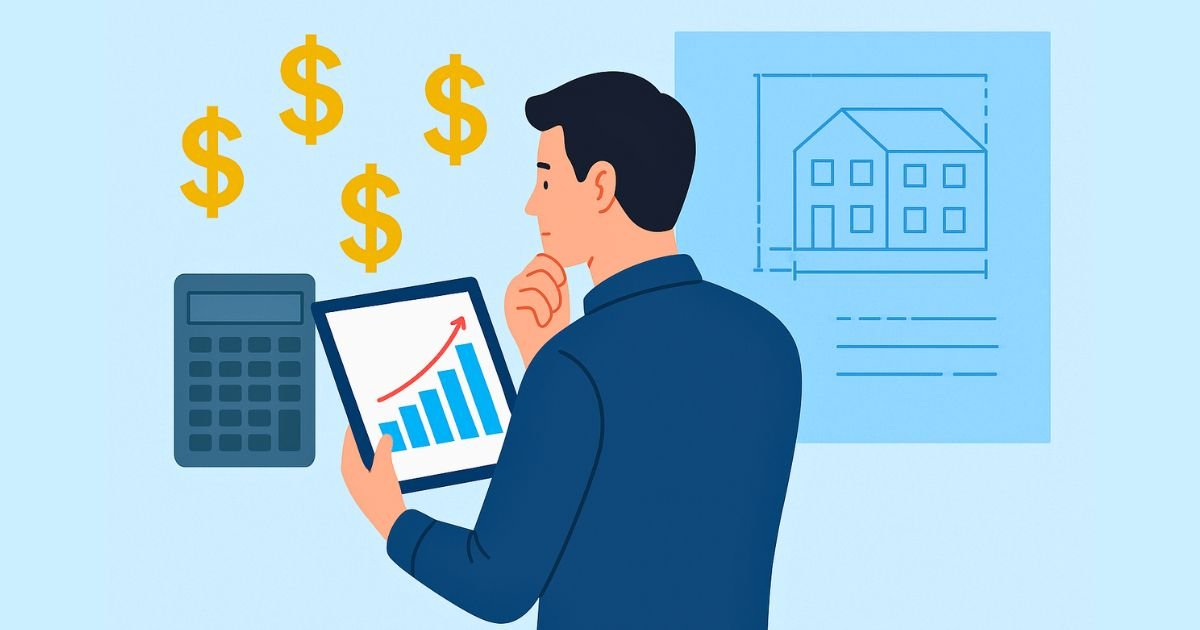
When it comes to Small Business Administration (SBA) loans, you have two main choices – the 7(a) and the 504. Both can help you get funding, but they come with different rates, rules, and what you can spend the money on. And hey, understanding the Small Business Administration loan rates isn’t just for finance geeks. It’s for anyone who wants to make a smart call on financing in 2025.
So, let’s break down what makes these two loan types tick, and how their rates and terms stack up. Trust me, it ain’t as scary as it sounds.
Understanding SBA 7(a) Loans
Think of the 7(a) loan as the flexible workhorse of SBA loans. You can use it for a bunch of stuff: working capital, buying a business, purchasing equipment, even a little bit of real estate. The maximum loan amount goes up to $5 million, which is pretty sweet if you’re looking for solid funding.
Now, about the rates—Small Business Administration loan rates for 7(a) loans can be fixed or variable. They usually hang around prime rate plus a lender’s markup. For 2025, expect fixed rates somewhere between 12.5% and 15.5%, depending on your loan size. Variable rates? Those dance around 10.5% to 14%, so you might snag a lower initial rate but with some ups and downs later on.
Down payments and fees? They vary, but often you don’t have to put down much, especially if your credit looks good. SBA eligibility is pretty straightforward: you’ve got to be a U.S. for-profit business that meets the SBA’s “small” business criteria, with decent credit standing.
What Works with SBA 504 Loans
These are your go-to if you’re eyeing some serious real estate or big equipment purchases. The 504 loan is specialized for buying fixed assets—commercial buildings, land, or heavy machinery. The loan amounts also top out around $5 million (sometimes a little higher if the project qualifies).
Interest rates on 504 loans in 2025 are usually lower than 7(a), since they’re linked to U.S. Treasury bond rates. You’re looking at rates around 6% to 7%, nice and steady since these are fixed rates for the life of the loan. The structure’s kinda unique: 50% from a bank loan, 40% from a Certified Development Company (CDC) loan guaranteed by the SBA, and you (the borrower) chip in 10% as a down payment.
There are some hoops to jump through, like income caps, job creation requirements, and collateral is usually limited to the asset you’re financing. Plus, terms can stretch long like 10, 20, or even 25 years.
How Do Those Small Business Administration Loan Rates Really Compare?
Here’s the breakdown:
| Feature | SBA 7(a) | SBA 504 |
| Rate Type | Fixed or Variable | Fixed |
| Interest Rates (2025) | 10.5% to 15.5% (varies with size) | About 6% to 7% |
| Loan Purpose | Working capital, acquisitions, real estate (limited) | Fixed assets only (real estate, equipment) |
| Down Payment | Varies, often low | Usually 10% |
| Loan Term | Up to 10 years (working capital), up to 25 years (real estate) | 10, 20, or 25 years |
| Eligibility | Small, for-profit businesses, credit-based | Small businesses with job creation / income guidelines |
See? The 7(a) loans come with some flexibility, but you might be paying a bit more in interest. The 504 loans give you a better interest deal if you’re buying assets, but they’re a bit more rigid with rules and down payments.
Terms and What You Can Use the Money For
If you need cash flow or want to acquire another biz, the SBA 7(a) is your buddy. But if you’re planning to buy a building or fancy equipment? Then the 504’s probably the better fit.
Loan amounts? Both can go up to around $5 million, but the 504’s cash isn’t for just any expenses—it’s tied to those fixed assets. Plus, you’ll likely put down more upfront with the 504 loan’s 10% down payment.
The 7(a), on the other hand, often lets you hold onto more cash because down payments are smaller or sometimes waived, depending on eligibility.
Eligibility and Collateral: Read the Fine Print
No surprises here: the SBA wants to make sure you’re good for the loan. For 7(a), the rules are standard small biz definitions and credit checks. For 504 loans, it’s a bit more intense. They want to see that your business can create or retain jobs or meet other public benefit goals, plus, they keep a close eye on your financials and collateral.
Which Loan Should You Pick?
Honestly, when finding business loans, the best one depends on what you’re after. Need working capital? Go for a 7(a) loan. Buying a building to plant roots? 504’s your match. And don’t forget to check those Small Business Administration loan rates carefully. Fixed or variable, the rates affect your payments and your stress levels.
Ask yourself: Are you cool with steady payments or can you handle a bit of a rollercoaster with variable rates? What’s your cash flow like? Got a solid plan for growth? Also, shop around and negotiate those rates within SBA limits—you might snag a better deal than you think.
Conclusion
Small Business Administration loan rates in 2025 are impacted by a lot of factors – the economy, federal policy, and even the type of loan you pick. While the 7(a) loan gives you options and flexibility but it might come with higher rates. On the other hand, the 504 offers lower, fixed rates but comes with tighter use rules and eligibility.
In the end, understanding these differences will help you pick the loan that fits your business and your comfort zone. Making the right call now can put your business on the path to growth and stability. And isn’t that what we all want?
Disclaimer: This article is for informational purposes only and does not constitute financial, legal, or professional advice. Readers should consult a licensed financial advisor or the SBA directly before making decisions regarding loans or financing.

Shazny plays a key role behind the scenes, reviewing and refining content before it goes live. With a strong eye for detail, Shazny ensures that every article meets high standards of clarity, accuracy, and trustworthiness. From grammar checks to fact verification, Shazny helps maintain the quality and credibility of everything published on TryHardGuides.
Discover more from Try Hard Guides
Subscribe to get the latest posts sent to your email.

